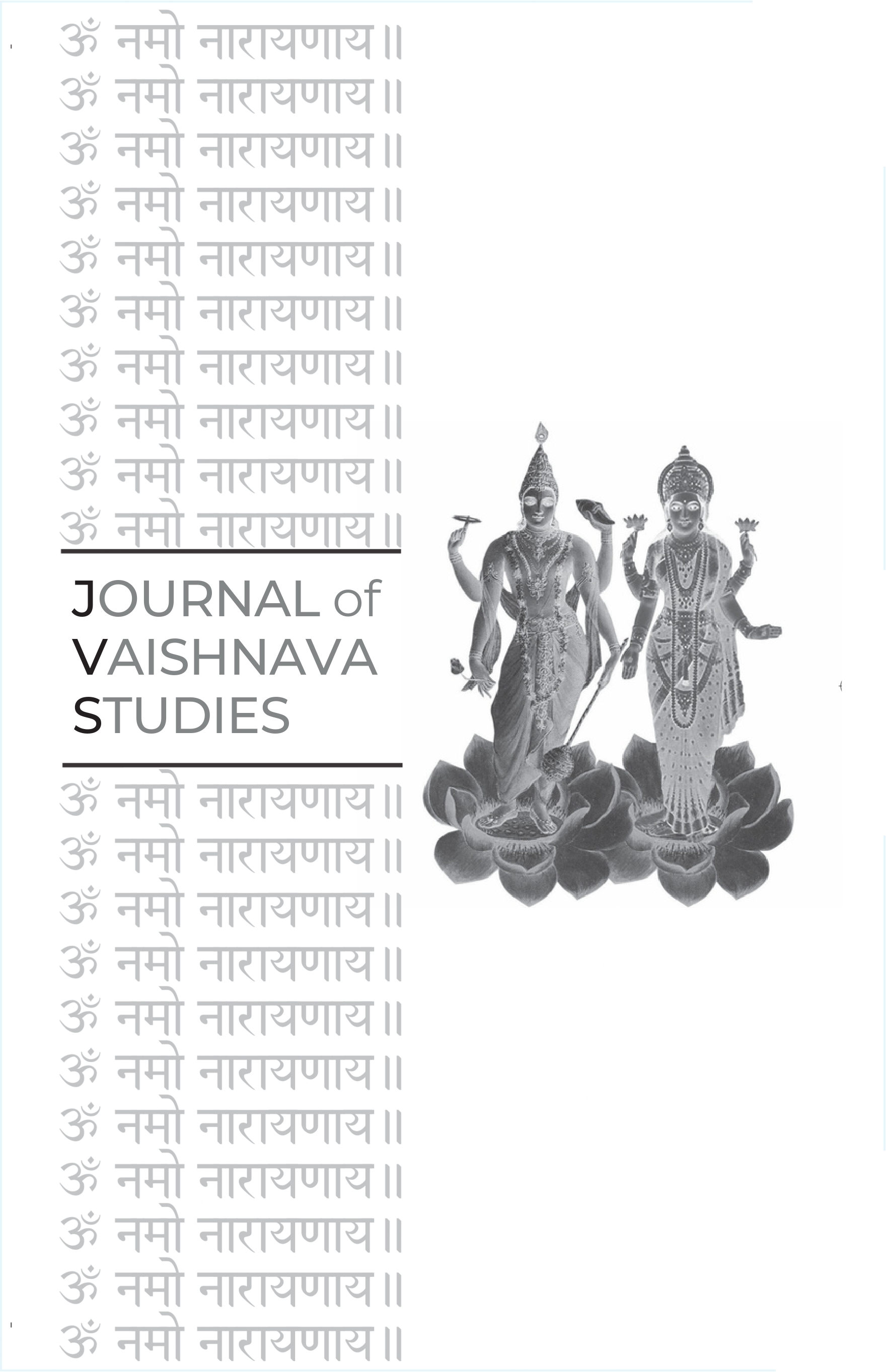From Narasimha to Jagannātha: The Long Journey From Forest to Temple
Keywords:
Jagannātha, Hinduization, Narasiṁha, tribal deities, iconographic evolution, Śākta-Śaiva-Vaiṣṇava typologies, Orissa, Purī temple, aniconic worshipAbstract
Sara M. Adams traces the complex theological and iconographic evolution of Lord Jagannātha by exploring how a tribal, forest-origin deity became one of Hinduism’s most venerated temple icons. Drawing on the concept of “Hinduization” as articulated by scholars like Anncharlott Eschmann, Adams investigates how the figure of Jagannātha—rudimentary in form, with wide eyes and wooden limbs—was gradually integrated into mainstream Hindu worship through ritual regularization, iconographic adaptation, and political sponsorship. She considers three competing theological trajectories—Śākta, Śaiva, and Vaiṣṇava—that may have contributed to Jagannātha’s syncretic character. While recognizing Śākta and Śaiva iconographic parallels, Adams argues that the strongest theological bridge lies in Jagannātha’s connection to Narasiṁha, the fierce half-lion avatāra of Viṣṇu. Through a shared repertoire of wide-eyed, ecstatic iconography and regional popularity, Narasiṁha emerges as the mediating figure by which a tribal symbol could be reimagined as a legitimate Vaiṣṇava deity. This pathway enabled Jagannātha’s transition from marginalized other to temple sovereign, while retaining his visual distinctiveness as a reminder of his tribal roots and inclusive universality.Published
2008-12-13
Issue
Section
Articles





